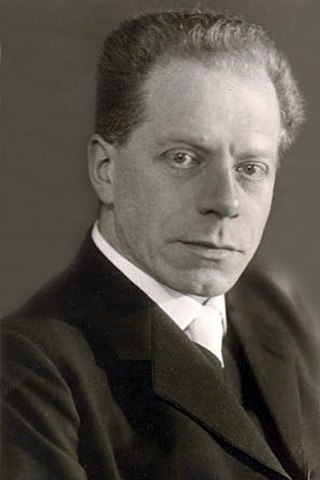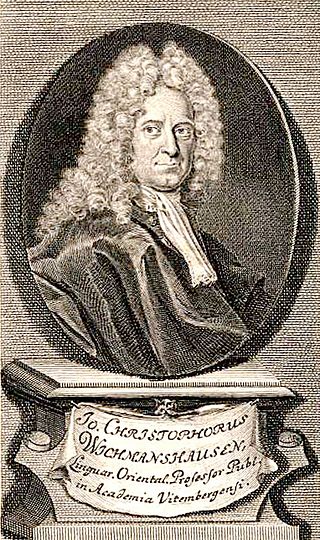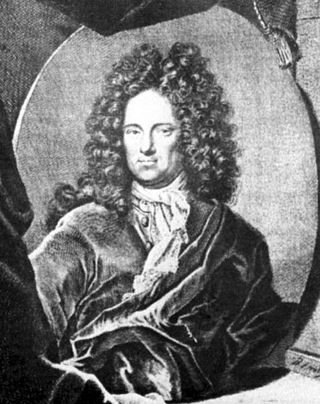
David Hilbert was a German mathematician and philosopher of mathematics and one of the most influential mathematicians of his time.

Rolf Herman Nevanlinna was a Finnish mathematician who made significant contributions to complex analysis.

Hermann Minkowski was a mathematician and professor at the University of Königsberg, the University of Zürich, and the University of Göttingen, described variously as German, Polish, or Lithuanian-German, or Russian. He created and developed the geometry of numbers and elements of convex geometry, and used geometrical methods to solve problems in number theory, mathematical physics, and the theory of relativity.

Leonard Nelson, sometimes spelt Leonhard, was a German mathematician, critical philosopher, and socialist. He was part of the neo-Friesian school of neo-Kantianism and a friend of the mathematician David Hilbert. He devised the Grelling–Nelson paradox in 1908 and the related idea of autological words with Kurt Grelling.

Leipzig University, in Leipzig in Saxony, Germany, is one of the world's oldest universities and the second-oldest university in Germany. The university was founded on 2 December 1409 by Frederick I, Elector of Saxony and his brother William II, Margrave of Meissen, and originally comprised the four scholastic faculties. Since its inception, the university has engaged in teaching and research for over 600 years without interruption.

The University of Jena, officially the Friedrich Schiller University Jena, is a public research university located in Jena, Thuringia, Germany.

Ludwig Otto Hesse was a German mathematician. Hesse was born in Königsberg, Prussia, and died in Munich, Bavaria. He worked mainly on algebraic invariants, and geometry. The Hessian matrix, the Hesse normal form, the Hesse configuration, the Hessian group, Hessian pairs, Hesse's theorem, Hesse pencil, and the Hesse transfer principle are named after him. Many of Hesse's research findings were presented for the first time in Crelle's Journal or Hesse's textbooks.

Abraham Gotthelf Kästner was a German mathematician and epigrammatist.

The Mathematics Genealogy Project (MGP) is a web-based database for the academic genealogy of mathematicians. As of 1 December 2023, it contained information on 300,152 mathematical scientists who contributed to research-level mathematics. For a typical mathematician, the project entry includes graduation year, thesis title, alma mater, doctoral advisor, and doctoral students.

An academic genealogy organizes a family tree of scientists and scholars according to mentoring relationships, often in the form of dissertation supervision relationships, and not according to genetic relationships as in conventional genealogy. Since the term academic genealogy has now developed this specific meaning, its additional use to describe a more academic approach to conventional genealogy would be ambiguous, so the description scholarly genealogy is now generally used in the latter context.

Felix Otto is a German mathematician.

Erhard Weigel was a German mathematician, astronomer and philosopher.

Emil Weyr was an Austrian-Czech mathematician, known for his numerous publications on geometry.

Acta Eruditorum was the first scientific journal of the German-speaking lands of Europe, published from 1682 to 1782.

Johann Christoph Wichmannshausen was a 17th-century German philologist.

August Otto Föppl was a professor of Technical Mechanics and Graphical Statics at the Technical University of Munich, Germany. He is credited with introducing the Föppl–Klammer theory and the Föppl–von Kármán equations.

Science and technology in Germany has a long and illustrious history, and research and development efforts form an integral part of the country's economy. Germany has been the home of some of the most prominent researchers in various scientific disciplines, notably physics, mathematics, chemistry and engineering. Before World War II, Germany had produced more Nobel laureates in scientific fields than any other nation, and was the preeminent country in the natural sciences. Germany is currently the nation with the 3rd most Nobel Prize winners, 115.

Ehrenfried Walther von Tschirnhaus was a German mathematician, physicist, physician, and philosopher. He introduced the Tschirnhaus transformation and is considered by some to have been the inventor of European porcelain, an invention long accredited to Johann Friedrich Böttger but others claim porcelain had been made by English manufacturers at an even earlier date.
Alwin Reinhold Korselt was a German mathematician. He discovered Korselt's criterion, which provides a secondary definition for Carmichael numbers and also contributed an early result in algebraic logic.
Wilhelm Ahrens was a German mathematician and writer on recreational mathematics.


















